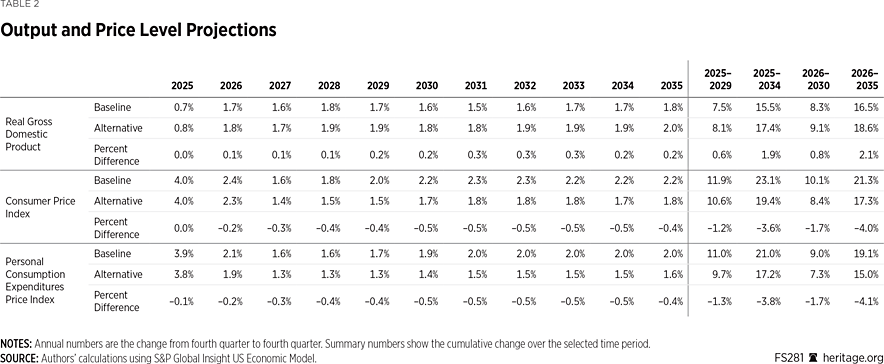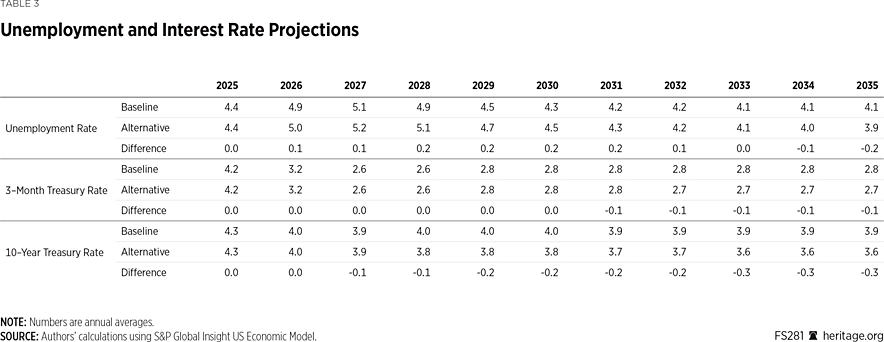The Economic Benefits of Implementing a Regulatory Freeze
Overview of the Issue
A recent analysis titled “Reducing Regulations Produces Strong Economic Growth Responses” evaluated the anticipated economic implications of instituting a freeze on federal regulations. This regulatory freeze implies that there would be no changes to the current number of regulatory measures, effectively keeping these measures below projected levels.
Projected Budgetary Outcomes
The predictions indicate that maintaining a regulatory freeze could lead to a significant reduction in the federal deficit, with estimates suggesting:
- A decrease of approximately $1.1 trillion over the budget window from 2025 to 2034.
- A similar decline of $1.4 trillion for the period from 2026 to 2035.
Impact on Economic Growth and Prices
Implementing a regulatory freeze is expected to enhance real GDP growth forecasts. By 2035, there could be an increase of 2.1 percent in real GDP. Additionally, this freeze may contribute to disinflation, projected to lower the Consumer Price Index by 3.6 percent by 2035.
As a result of these changes, interest rates may decrease, leading to lower interest expenses for the federal budget. Although revenue may slightly decline due to slower nominal personal income growth, the overall reduction in expenditures would significantly help in curbing the deficit.
The Case for Regulatory Constraints
Legislators are encouraged to explore strategies that can constrain regulatory growth as part of the budget reconciliation process. The anticipated economic and fiscal advantages of such measures are substantial. Should Congress seek an official assessment from the Congressional Budget Office (CBO), the estimates provided here could serve as a valuable reference point.
Methodology of the Economic Estimates
The estimates regarding economic growth and budgetary impacts were derived using the Standard & Poor’s (S&P) Global Insight US Economic Model, a tool that the CBO employs for dynamic budget estimations. Since the S&P model does not incorporate regulation as a variable, the existing findings were adjusted to align with the model’s framework.
The influence of a regulatory freeze was introduced through an increase in total factor productivity (TFP). TFP is identified as the residual in economic output growth not directly attributed to input growth, which also encompasses the costs related to regulatory compliance. By minimizing compliance costs, a regulatory freeze enables a more efficient utilization of inputs, thereby spurring faster TFP growth.
Transforming TFP Series for Accurate Estimates
The assessment of real GDP, real investment, and labor hours established a base for estimate construction. The median growth rates from previous analyses were utilized to ascertain TFP growth via a methodology reminiscent of that used by the Bureau of Labor Statistics. This approach ensures a reliable reflection of TFP across both baseline and alternate conditions.
Our calculations adapted the TFP series to fit within the S&P model’s scope, preserving accuracy by aligning alternate and baseline rates. This adaptation is proven effective, contributing to an expected 1.8 percent increase in real GDP after ten years.
Visual Data Representation



